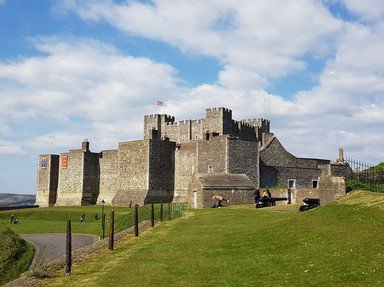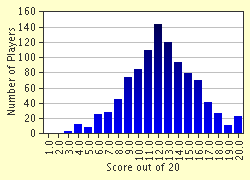Quiz Answer Key and Fun Facts
1. In what year did the Norman Conquest take place?
2. Who was the King of England at the start of the year of the Norman Conquest?
3. Following the death of the English King in January 1066, Harold Godwinson the Earl of Wessex, was crowned King. What relation was Harold to the previous king?
4. King Harold had to face major problems very soon after his coronation. Harald Hardrada was also claiming the throne, and was planning an attack on England. Where did he attack from?
5. Harold Godwinson was also threatened by William of Normandy, who was planning an invasion from the south. What was William's claim to the throne?
6. The newly crowned King Harold was waiting for an attack from Harald in the north, or William in the south. Who attacked first?
7. Harold expected William to attack swiftly in the south of England. Why was the attack later than expected?
8. What happened at the Battle of Stamford Bridge on September 25th 1066?
9. Immediately after the Battle of Stamford Bridge, William's army landed in the south of England. Where did their ships land?
10. Duke William was injured as he landed his ships in England.
11. What did William's army do after arriving on the south coast?
12. Once he heard that William's army had arrived in England, Harold marched his army south to meet the Normans as quickly as possible. How long did the Saxons take to march the 240 miles to the South Coast near Hastings?
13. The Battle of Hastings took place on October 14th, just outside Hastings. Where exactly did the battle begin?
14. How were the English (Saxons) positioned at the start of the Battle of Hastings?
15. Popular tradition in England claims that for most of the Battle of Hastings the Saxons were winning but that the Normans managed to gain a sudden advantage. How?
16. According to tradition, and the Bayeux Tapestry, in which part of the body was King Harold injured?
17. How long did the Battle of Hastings last?
18. Following the Battle of Hastings, William of Normandy became King of England. When was his coronation?
19. Which of these changes did William bring to England?
20. By what name did William of Normandy become known?
Source: Author
Elanor
This quiz was reviewed by FunTrivia editor
bloomsby before going online.
Any errors found in FunTrivia content are routinely corrected through our feedback system.


